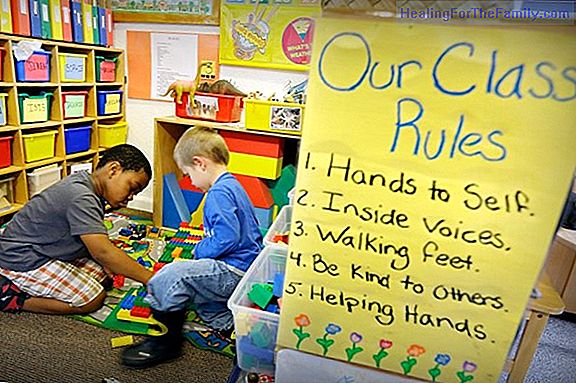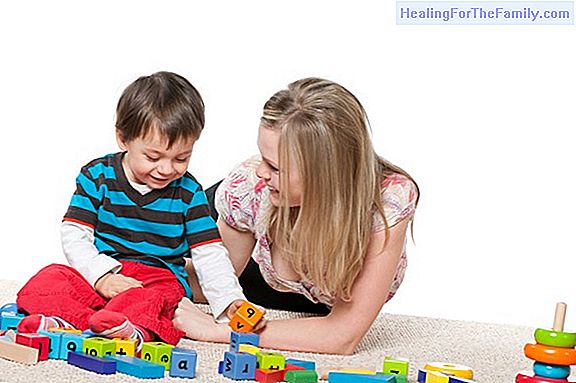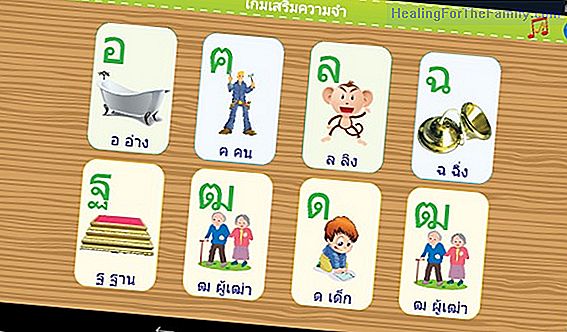The lazy eye in children causes school failure
When we notice that the child often winks an eye to focus on an object, we may be faced with a symptom of amblyopia ('lazy eye'). However, many times these symptoms are barely noticeable , and the child can live with a vision problem for a long time without their parents noticing. That is why it is
When we notice that the child often winks an eye to focus on an object, we may be faced with a symptom of amblyopia ('lazy eye'). However, many times these symptoms are barely noticeable, and the child can live with a vision problem for a long time without their parents noticing.
That is why it is very important to take the children to the ophthalmologist, even if it is routine. A review can detect a problem in time that generates more problems than we think. Among them, school failure.
What is the lazy eye and how is it detected

Doctor Elvira Jiménez, Optician-Optometrist of ALAIN AFFLELOU, reveals some facts about amblyopia ('lazy eye'). Among them, it is a unilateral condition (rarely bilateral), where there is a partial loss of vision caused by a delay in the development of the visual pathways.
Amblyopia does not cause many symptoms and usually goes unnoticed both for parents and for teachers and even for pediatricians, so it is important to make periodic annual reviews. Even so, there are some signs that we can see in the child: wink or squint, cover one eye or close it, twist the head, it costs eye-hand coordination, does not calculate distances, complains about headache, eyes, etc.
The 'lazy eye' is the main cause of vision loss in children under 8 years of age worldwide con, with a prevalence of between 2 and 5% (an average of 3% of school age)Causes and treatment of amblyopia in children
Amblyopia has a
strong hereditary component . The risk of developing 'lazy eye' quadruples in the case of children with a family history of the first order with amblyopia, high refractive errors or strabismus.The only way to prevent is with the periodic review.
The success of the recovery depends on the early detection and early treatment of the child. Emotional problems of children with amblyopia
Children are usually quite tolerant of the patch or glasses used in the treatment of amblyopia. They do not usually cause a negative psychological impact on the child, especially if the child is very small. However,
success also depends on the involvement of parents . How can we help them? Tell them a story or a story where the protagonist is in the situation of the child and thus minimize the importance of the patch or glasses. Play with them during the hours of use of the patch. Organize a pirate party. Rewarding for compliance and progress ...Amblyopia in children as a cause of school failure
80% of the child's learning is done through vision
. The possible delay in the development is related to the age of appearance of the visual problem, the severity and the magnitude of the deficit. Between 10 and 20% of the child and youth population have learning difficulties and between 15 and 30% of school failures can be caused by visual disturbances. How can we help children with amblyopia to perform better in school?The first and most important thing is to detect it in time
, since early treatment is essential to obtain successful results. Once detected, we must strictly comply with the treatment and be constant to obtain results in a short time. Involve teachers in meeting patch hours, wearing glasses, etc. In addition, there are techniques of visual therapy and early stimulation that can help us reduce treatment periods by 50%. Consulted source:Elvira Jiménez, Optician-Optometrist of ALAIN AFFLELOU and Master in Clinical Optometry
.












